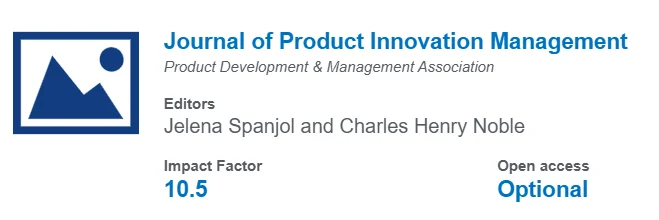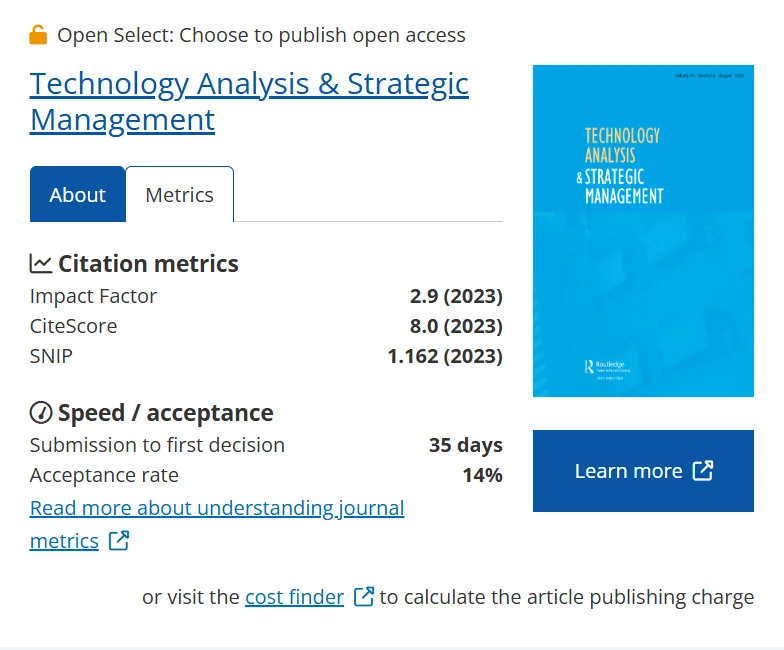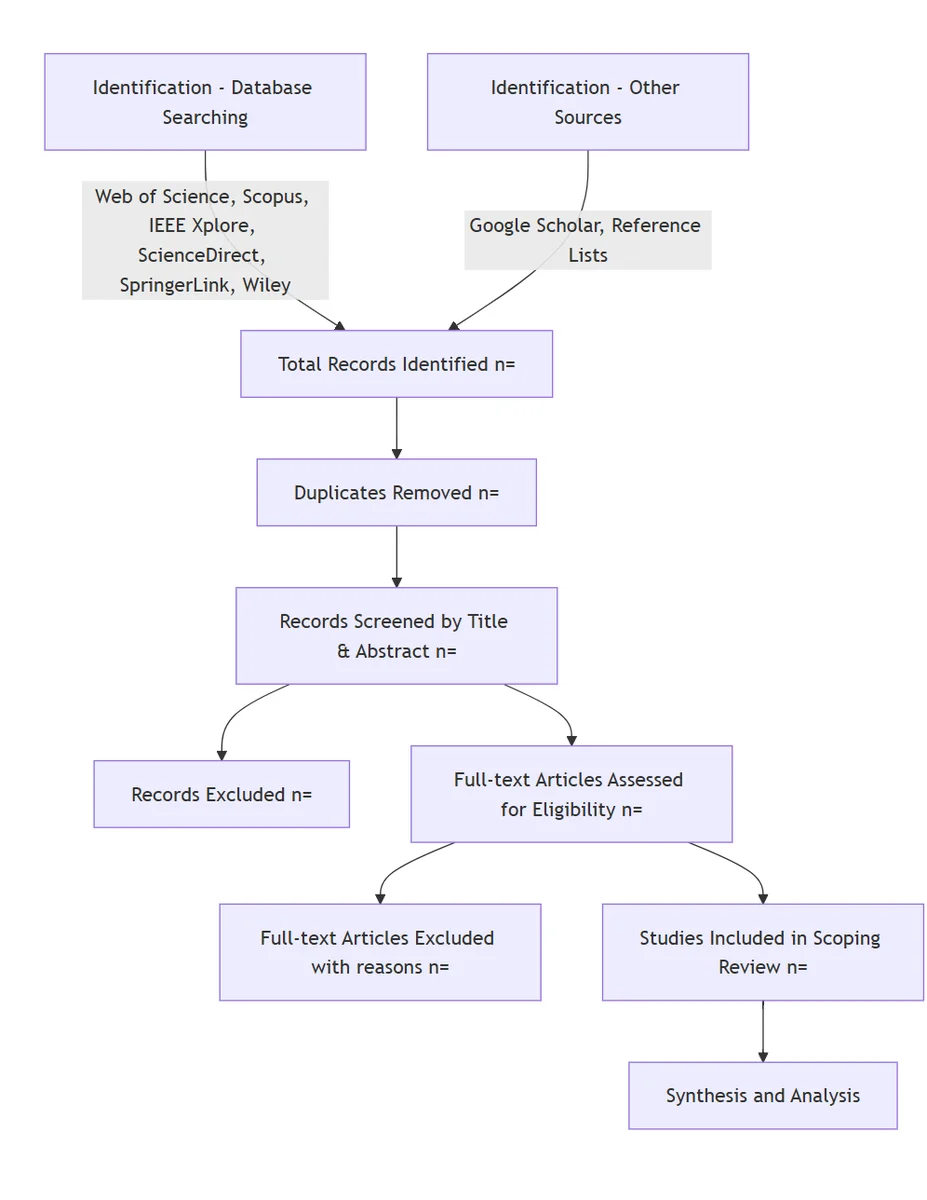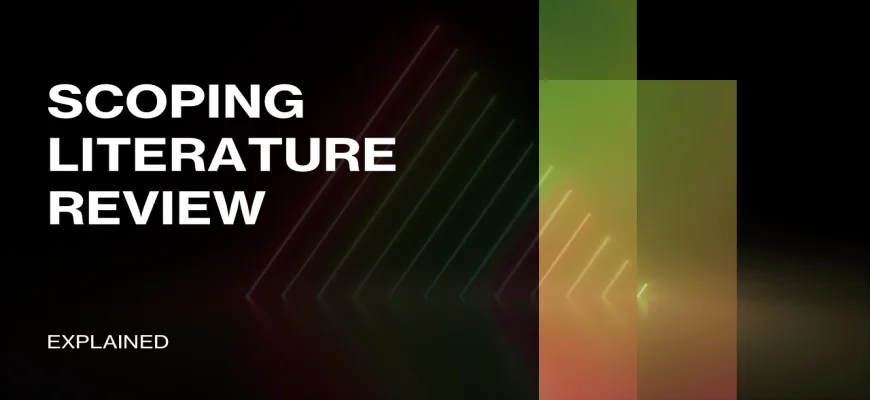<!-- markdown -->
## Scoping Review Planning of Leo
### I. Suggestions for Journal Article Titles
**Enhancing Product Innovation in Start-ups: A Scoping Review on the Integration of Lean Startup, Organizational Culture, and AI in New Product Development**
---
### II. Journal Recommendations for submission:
Based on the intersectiveness of the research topic (innovation management, technological innovation, entrepreneurship management), it is recommended to submit to the following SSCI or ScopUS-indexed journals:
**Priority Options:**
. **Journal of Product Innovation Management (JPIM)**
* Research directions: Innovation management, product development processes
* Publisher: Wiley
* Index: SSCI, JCR-Q1






**Second Options:**
**Technovation**
* Research directions: technological innovation, entrepreneurship, innovation management
* Publisher: Elsevier
* Index: SSCI, JCR-Q1
**Journal of Business Research (JBR)**
* Research interests: Corporate strategy, innovation, marketing and management innovation
Publisher: Elsevier
* Index: SSCI, JCR-Q1
**International Journal of Innovation Management (IJIM)**
* Research directions: Innovation management, organizational innovation
* Publisher: World Scientific
* Index: Scopus, JCR-Q2/Q3
**IEEE Transactions on Engineering Management**
* Research directions: Engineering management, innovation processes, technology management
* Publisher: IEEE
* Index: SSCI, JCR-Q2
---
## III. Detailed steps for writing a Scoping Review:
### Step 1: Determine the research questions and Objectives
**Core question:**
* How to enhance startup product innovation by integrating lean startup methods, organizational culture building, and AI tool application?
**Objective:**
* systematically sort out and analyze the research hotspots, trends, current situation and future directions of the relevant literature.
### Step 2: Define inclusion and exclusion Criteria (Eligibility Criteria)
**Time range:**
* References from the most recent 10 years (2015-2025).
*
**Document type:**
* Published journal articles, conference papers, book chapters.
*
**Language:**
* English literature.
*
**Field:**
* Product innovation, start-up, innovation management, technology management, organizational culture, AI technology.
### Step 3: Determine keywords and secondary keywords (Search Strategy)
For a comprehensive search, it is recommended to use the following combination of keywords for database search:
| Primary Keywords | Secondary Keywords |
| ----------------------- | ----------------------------------------------- |
| Product Innovation | Startups, New ventures |
| Lean Startup | MVP, Minimum Viable Product, Rapid Iteration |
| Organizational Culture | Innovation Culture, Innovation Capability |
| Customer Involvement | Co-creation, User Innovation, Customer Feedback |
| Artificial Intelligence | Machine Learning, AI tools, Generative AI |
| Innovation Performance | Innovation Metrics, Competitive Advantage |
| Innovation Management | Innovation Process, Innovation Framework |
### Step 4: Databases to be searched
It is recommended to use the following main databases for retrieval:
* Web of Science (WoS)
* Scopus
* IEEE Xplore
* Elsevier (ScienceDirect)
* SpringerLink
* Wiley Online Library
* Google Scholar (for supplementary search)
### Step 5: Study Selection
The selection process is divided into three stages:
1. **Title and Abstract screening:**
* Exclude literature that is clearly irrelevant to the research question.
2. **Full-text evaluation screening:**
* Full-text screening is conducted based on detailed inclusion and exclusion criteria.
3. **Manual screening:**
* Conduct reference backtracking and citation tracking on included articles to ensure that no key references are missed.
### Step 6: Data Extraction and Analysis
Create a data extraction table that includes:
Basic information (author, Year, Journal)
* Research methods (quantitative, qualitative, mixed methods)
* Research topic and key findings
* Key theoretical models (such as Lean Startup, Diffusion of Innovation, RBV, Design Thinking)
* Innovation metrics and measurement methods
* Use technology (AI tools, social media, etc.)
* Research gaps with future research recommendations
### Step 7: Collating and Summarizing Results
* Categorize by topic (e.g. Lean Startup, user engagement, organizational culture, AI application).
* Analyze research trends by year (evolutionary analysis).
* Analysis by innovation stage (idea generation, product development, marketing).
### Step 8 : Structure of Scoping Review Article
It is recommended that the structure of a Scoping Review article be:
* Abstract (200-300 words)
* Introduction (Background introduction, research significance and research questions)
* Methodology (Detailed description of search strategy, inclusion criteria, screening process)
Results (Literature distribution, research topic summary, research method summary, model application Trends)
* Discussion (Theoretical contribution and practical significance, research blank identification)
* Future Research Directions (Future research suggestions and trend predictions)
* Conclusion
* References (APA format, strictly in accordance with the standard)
### Step 9: Quality Assessment & Transparency
* Optionally use the **PrisMA-SCR** (the PRISMA extension of Scoping Reviews) standard for report transparency assessment to enhance journal acceptance.
---
### Full implementation schedule(Should be shrinked to 1 month) :
| Phase | Content | Time Recommendations |
| ----- | ----------------------- | ------- |
| Pre-preparation | Research question clarification, Keyword determination, database selection | Weeks 1-2 |
| Literature retrieval | Retrieval and literature screening | Weeks 3-6 |
| Literature analysis | Data extraction, literature classification and analysis | Weeks 7-10 |
| Paper Writing | Writing the first draft, Methodology and Results section | Weeks 11-14 |
| Revision and polishing | Literature supplementation, summary of future research directions, article revision and language polishing | Weeks 15-16 |
| Journal Submission | Journal Format Adjustment and Submission Preparation | Week 17 |
---
### PRISMA PROCESS FIGURE

graph TD
A[Identification - Database Searching]
B[Identification - Other Sources]
A -->|Web of Science, Scopus, IEEE Xplore, ScienceDirect, SpringerLink, Wiley| C[Total Records Identified n=]
B -->|Google Scholar, Reference Lists| C
C --> D[Duplicates Removed n=]
D --> E[Records Screened by Title & Abstract n=]
E --> F[Records Excluded n=]
E --> G[Full-text Articles Assessed for Eligibility n=]
G --> H[Full-text Articles Excluded with reasons n=]
G --> I[Studies Included in Scoping Review n=]
I --> J[Synthesis and Analysis]
graph TD
A[Identification - Database Searching]
B[Identification - Other Sources]
A -->|Web of Science, Scopus, IEEE Xplore, ScienceDirect, SpringerLink, Wiley| C[Total Records Identified n=]
B -->|Google Scholar, Reference Lists| C
C --> D[Duplicates Removed n=]
D --> E[Records Screened by Title & Abstract n=]
E --> F[Records Excluded n=]
E --> G[Full-text Articles Assessed for Eligibility n=]
G --> H[Full-text Articles Excluded with reasons n=]
G --> I[Studies Included in Scoping Review n=]
I --> J[Synthesis and Analysis]

